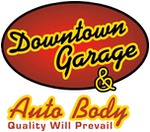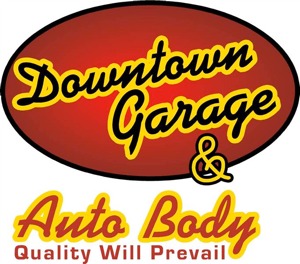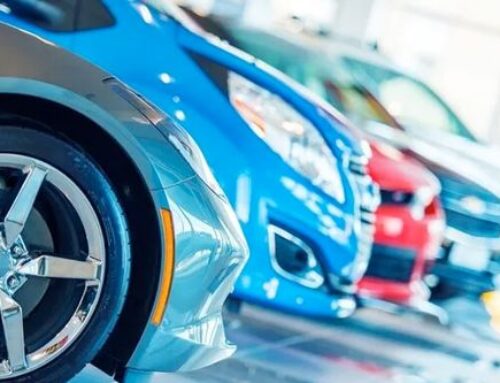An auto collision can cause multiple damages to your car, some of which you might fail to see right away. Below are examples of damages you might not notice immediately.
Bent Frame
The frame or chassis is the main support structure for the car. Other components of the vehicle attach to the frame. A collision can cause imperceptible damage to the frame. Unfortunately, even minor damage affects the way the other parts of the car attach to the frame. For example, frame damage might:
- Affect wheel alignment
- Affect airbag deployment
- Affect handling and braking
Fortunately, an experienced auto body shop can easily repair frame damage.
Misalignment
A car’s suspension system connects the wheels to the rest of the car. A collision can throw the sustention system out of its usual alignment. Effects of misalignment include:
- Reduced fuel economy
- Uneven tire wear
- Vehicle instability
- Increased wear and tear of suspension parts
Again, misalignment is not something you can just walk around the car and notice — unless it is extreme. If you don’t take the car for a checkup, you might only spot the misalignment once further damage has occurred.
Radiator Hose Restriction
The radiator hose plays a critical role in your vehicle’s cooling. The hose carries hot coolant to the radiator for cooling and cold coolant from the radiator to the engine for further cooling. A crash can pinch the hose and restrict coolant flow. Reduced coolant flow can allow the engine to overheat and malfunction.
Malfunctions of Monitoring Systems
Modern cars have multiple sensors, some of which only work in specific conditions. Examples of sensors include:
- Parking sensors
- Tire pressure sensors
- Accident avoidance sensors
- Coolant temperature sensors
A collision can damage some sensors and affect their operation. For a sensor that doesn’t work all the time, such as an accident-avoidance sensor, you might drive a long time without knowing about the malfunction.
Undercarriage Damage
Undercarriage damage usually goes unnoticed since many people don’t look under their cars after an accident. The undercarriage has critical parts of the car, such as:
- Suspension parts, such as struts and joints
- Arm control
- Stabilizer links
- Exhaust system
You may notice serious damages, such as a puncture to the oil pan. However, minor or moderate damage might worsen without your knowledge.
Transmission Damage
The transmission system, which transfers power from the engine to the wheels, has both mechanical and electrical parts. Mechanical damage can affect the transmission system and cause both immediate and long-term problems. For example, you might not notice transmission fluid leak right away.
Electrical Malfunctions
A crash can also affect the electrical parts of the car. Again, depending on the nature of the damage, you might not spot it right away. For example, you might fail to notice loose electrical connections or damaged cable insulation. Such damages might cause further malfunctions, such as electrical short-circuits, down the line.
Seal Damage
Lastly, an auto accident can also damage any of the various seals in your car. Car manufacturers use seals in different parts of the car to keep fluids out or within specific parts of the car. For example, door or window seals keep out water, dirt, and air out of the car. Damage to the seals can allow water to intrude into the car and damage the interior or electrical.
As you can see, you should not rely on your eyes to spot car damages after a crash. Consult an experienced mechanic even if the damage looks minor. Downtown Garage & Auto Body has the experience you need for collision repairs. If you have been in an accident, get in touch with us so that we can diagnose and repair all the damages — including the ones you can’t see.





